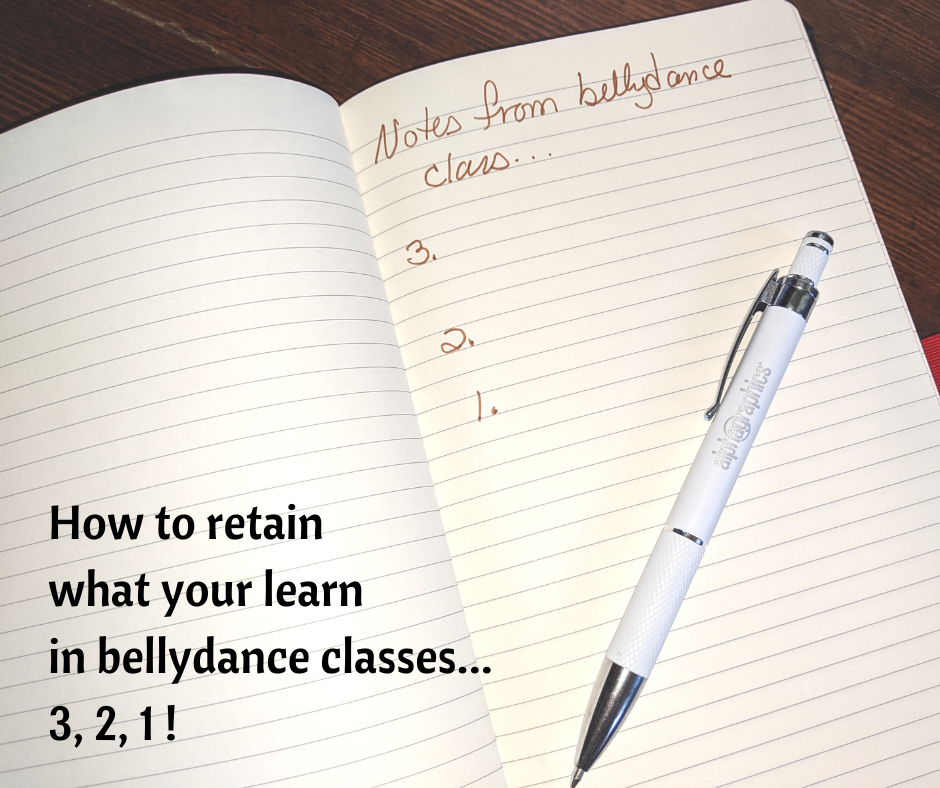How To Get (& Retain) The Most From Your Bellydance Classes… At Any Level

A typical question I get from beginner bellydance students is how they can remember what they learned in class from week to week. Retaining and building movement vocabulary is a big part of the beginner phase. But no matter what level you are – beginner to pro – we all know we never stop learning, so let’s look at this question more broadly.
How can we effectively retain
important points from any
bellydance learning experience?
As more experienced bellydancers, we take workshops, private lessons with mentors, and use DVD or streaming material in our continuing education. A quick framework for retaining key elements is useful and it can be applied with some modifications from beginner bellydancer to master.
I encourage my students to use a notebook. In a previous Q&A, I discussed using a dance journal as part of staying on track with practice. What I’m covering in this post can absolutely be a section of that notebook – or a different notebook altogether. They are complimentary for sure, but not dependent on each other.
Here’s a 3-2-1 Template for getting the most long-term mileage out of your time investment in bellydance
Each time you take a bellydance class, workshop or work with recorded material like a DVD or streaming class, jot down:
– The topic
– The instructor
– The date
– If it’s not a live class, the name of the DVD or streaming class so you find it again later
Now think about and write down the following…
3 Movements that were
– new to you or
– a new variation to you
– or maybe something you knew but had forgotten about!
Long time dancers, you know what I mean! Have you ever gone to a workshop and the teacher does a step you haven’t seen in ages? You learned it, but it never seemed to make it into your working movement vocabulary or improv? Write it down!
2 Original Ideas
I believe good teaching helps us think for ourselves as dancers. Write down 2 ideas of your own that the class material sparked.
As a beginner it might be as simple as, what if ended the 3 step turn with a hip bump instead of the snake arms that were taught?
For more experienced dancers, it might be a variation on a drill or a rework or addition on a combo that reflects your personal style.
1 Thing That Challenged You
Which one thing did you have to work the hardest to get – or maybe it still needs work! More importantly, can you identify exactly what part you struggled with?
Was it taking it from stationary to travelling or turning?
Adding something like a layer, zills or arms?
Was it taking the speed up?
This is valuable future practice information – capture it!
Paper or Digital?
You could do either; they each have their pros and cons. A digital source is quickly searchable, but if it’s in my phone, I’ll probably be distracted when I go to use it. Some find that the act of writing itself helps with memory, so paper wins there. Take your pick. Whichever you will use – and go back to refer to consistently – is the best choice for you.
Bonus for Beginner Bellydancers
Keep an envelope of index cards in your notebook. Every time you learn a new movement, add a card. These are so handy to pull out for a quick single move practice or when you venture into making your first short combos!
One more point on practice…
I see these class notes as a resource, not a practice plan in itself. I discussed planning what and how often to practice here. The ideas you record in your class notes are a well you can draw from for putting your larger bellydance practice plan into action.
Good luck… and good practicing!

